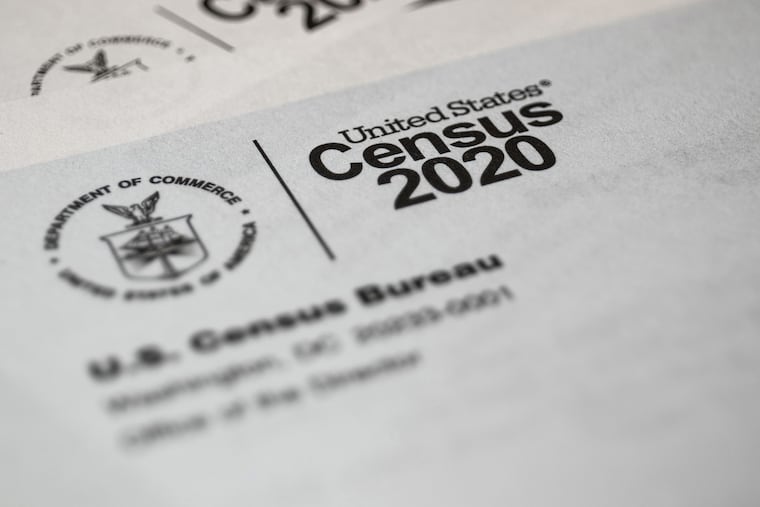How Philadelphia adapts to our growing pains will be the story of the next decade | Editorial
The 2020 U.S. Census figures show the most population growth in Philadelphia for decades. This moment is both a challenge and an opportunity — and making sure everyone feels the benefits will be key.

To those who track how the fortunes of the nation’s cities rise and fall depending on population size, the decennial release of the U.S. Census figures can be an anxiety-inducing affair. But when the 2020 Census numbers were unveiled earlier this year, Philadelphia — for the first time in decades — fared relatively well.
» READ MORE: Philly’s population has grown to more than 1.6 million
Although we’ve been passed by land-grabbing Phoenix as the nation’s fifth-largest municipality, our city — in a growth spurt not seen since the post-World War II “baby boom” — is once again adding tens of thousands of residents.
Perhaps the most widely discussed additions have been residents with college degrees. After years in which the city experienced a “brain drain,” more graduates of local colleges are choosing to remain in the city after completing their studies. Not only that, but the city has seen more growth in college graduates than East Coast rivals Boston and New York City. These college-educated residents have helped bolster the city’s tax revenues by bidding up the cost of much of Philadelphia’s existing housing stock and increasing the demand for multifamily housing throughout the region. They’re also driving much of the expansion in the rental housing market in Center City and nearby neighborhoods.
While the increase in college-educated residents gets much of the attention, immigrant communities — many of which also overlap with the college-educated cohort — actually contributed most to Philadelphia’s population growth. Asian and Hispanic Philadelphians make up a greater share of the population than ever before. According to research from the Pew Charitable Trusts, nearly a quarter of Philadelphia households speak a language other than English at home, and 14% of the city’s residents are foreign-born, a higher proportion than in decades past.
» READ MORE: What new census data tell us about Pa.’s politics
These changes have brought their own challenges. Not only is there greater competition among home buyers, but the increased density from new development has had an adverse effect on parking in many neighborhoods as well. Apartment dwellers may own fewer cars, on average, than homeowners, but this reality rarely mollifies those near development sites who are concerned about how a new building will impact their day-to-day lives.
Despite such concerns as parking, pricing, and infrastructure, Philadelphia’s growth represents an enormous opportunity. Decades of stagnation drove many Philadelphians out of town in search of opportunity elsewhere. The tax revenue lost in those departures led to austerity budgets that underfunded our schools and public services. Growth offers the potential of leaving that behind and building a Philadelphia with stronger schools and cleaner streets for all of our neighborhoods.
If city officials want to make the most of the opportunity that a growing city presents, it’s essential that residents feel included in its benefits. While neighborhoods from Society Hill to Strawberry Mansion may have concerns about the impact of new development, accommodating our population growth helps the city fund programs that keep residents in their homes and reduce violence. It also allows the city to devote more resources to schools and public services. Growing might not always be comfortable, but for Philadelphia, it may help us finally solve some of our most intractable problems, if we let it.